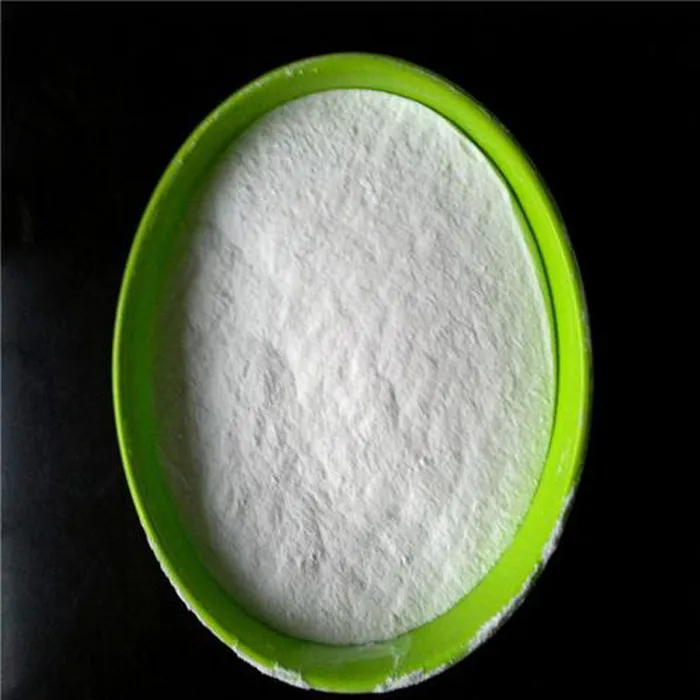PAM Chemical for Water Treatment An Overview
Water treatment is an essential process that ensures the availability of clean and safe water for various uses, including drinking, irrigation, and industrial applications. One of the critical substances utilized in this process is Polyacrylamide (PAM), a synthetic polymer known for its remarkable flocculation and coagulation properties. This article aims to provide an overview of PAM's role in water treatment, including its benefits, applications, and considerations.
What is PAM?
Polyacrylamide is a white, odorless powder or granule that is soluble in water. It is a polymer made from acrylamide monomers, and it can be tailored to meet specific needs by varying its molecular weight and ionic charge. PAM can be categorized into different types, including non-ionic, anionic, and cationic, each exhibiting distinct characteristics suitable for various applications.
Benefits of Using PAM in Water Treatment
One of the primary advantages of using PAM in water treatment is its ability to enhance the settling of suspended solids. By promoting flocculation, PAM binds tiny particles together, allowing them to form larger aggregates or flocs. This process makes it easier to remove these impurities during sedimentation or filtration, resulting in clearer water.
Another significant benefit of PAM is its efficiency in reducing chemical dosages. When used in combination with other coagulants, such as alum or ferric chloride, PAM can significantly decrease the amount of these chemicals required, thus lowering treatment costs and minimizing the environmental impact associated with chemical usage.
Additionally, PAM is known for its versatility. It can be effectively employed in various water treatment scenarios, including municipal drinking water systems, wastewater treatment plants, and industrial processes. Its adaptability makes it an invaluable resource in the quest for cleaner water.
Applications in Water Treatment
PAM is used in several water treatment applications, including
pam chemical for water treatment

1. Municipal Water Treatment PAM is commonly used in municipal drinking water treatment plants to enhance the removal of turbidity and organics. Its application leads to improved water quality and compliance with regulatory standards.
2. Wastewater Treatment In wastewater treatment, PAM plays a crucial role in the flocculation of suspended solids, facilitating the removal of pollutants and enabling the effective treatment of effluent before discharge into the environment.
3. Sludge Dewatering PAM is also utilized in the dewatering of sludge generated from various water treatment processes. By promoting flocculation, it assists in the efficient separation of water from solid residues, reducing disposal costs and improving landfill management.
4. Industrial Applications Various industries, including mining, oil and gas, and food processing, employ PAM in their water treatment processes. Its unique properties help optimize water use and ensure compliance with environmental regulations.
Considerations and Safety
While PAM offers numerous benefits, there are important safety and environmental considerations to take into account. The handling of PAM should be done with care, as the uncured form of acrylamide is a potential health hazard. It is crucial to follow safety guidelines and regulations when working with this chemical to mitigate risks associated with exposure.
Furthermore, the environmental impact of PAM application should be assessed, particularly in large-scale operations. Biodegradability and the potential for accumulation in aquatic environments are ongoing concerns in the field of water treatment.
Conclusion
Polyacrylamide serves as a vital chemical agent in water treatment, offering significant benefits in terms of water quality enhancement and cost efficiency. Its broad range of applications across municipal, industrial, and wastewater treatment processes underscores its importance in achieving sustainable and clean water solutions. As water scarcity and quality challenges continue to grow globally, PAM will likely play a crucial role in ensuring the safety and accessibility of water for future generations.

